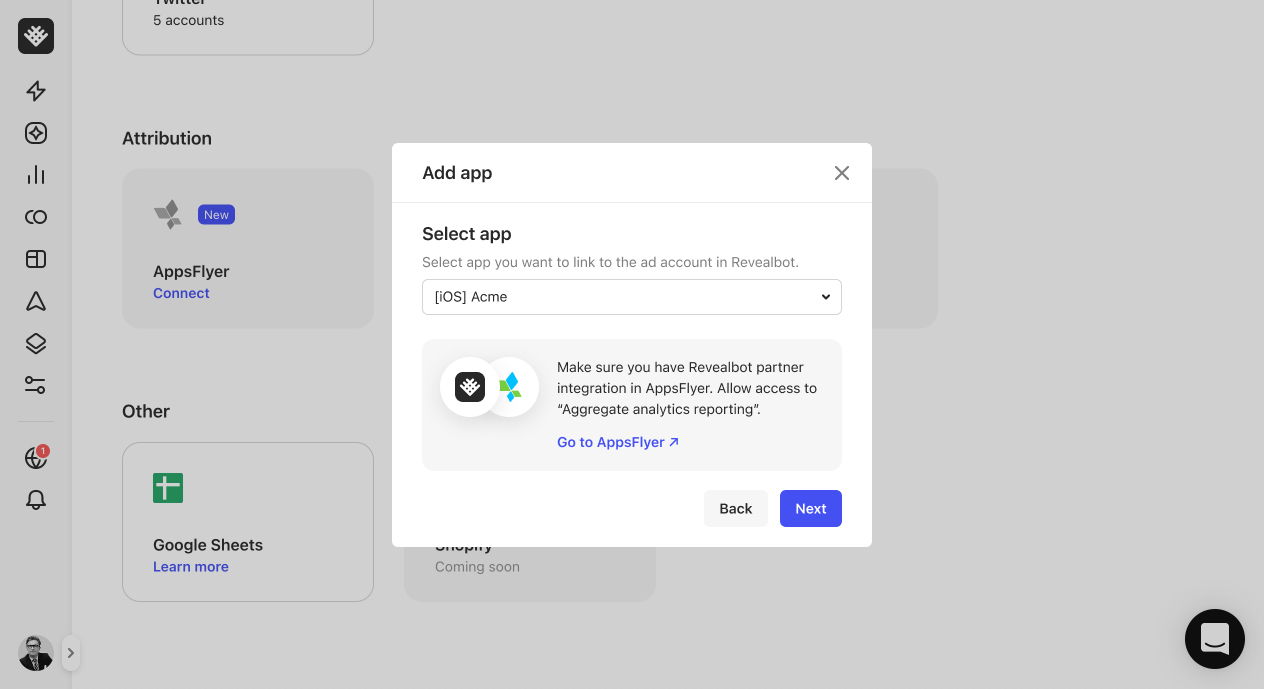To get the most runway from our ad creatives, we can duplicate them due to low performance before pausing them forever. Duplicating an ad will trigger a whole new learning phase and sometimes it just takes a little luck to get an ad moving.
To start, let's duplicate the pause rule we just made in the previous lesson. We'll change the name to a more appropriate one and we can keep the same "Rule applies to" settings which are set to all active ads.
For the action, we'll change it to "Duplicate." In the action settings, we'll choose to "Pause" the original ad, set the frequency limit to "once in a lifetime," and append to the duplicate ad's name " - Copy 1." This all means when this rule fires, it will pause the ad, duplicate it, and add the text " - Copy 1" to the end of the ad name.
For the conditions, we can keep these just as they are. So now our rule says we'll duplicate ads with a ROAS of less than one and if purchases are greater than or equal to one during today and yesterday, OR if purchases are less than one and we've spent more than or equal to $30 during today and yesterday. This rule also pauses the original ad it duplicated and adds the text "Copy 1" to the end of the ad name.
So because we're using the same conditions, what happens to our pause rule? Right now, they will conflict because they are being applied to the same items and have the same conditions.
Since we now want this duplication rule to run first before the pause rule, we can add another selection filter to our pause rule to exclude ads that don't contain the text "Copy 1" in the ad text name.
But before we do that, we're going to make one more duplication rule so we're duplicating an ad two times before we pause it forever.
First, let's finish setting up our first duplication rule. We can keep the rest of the settings the same and click "Set live."
Now let's duplicate this rule... and change its name to "Duplication 2."
Then we'll add a selection filter to only include ads that contain " - Copy 1" in the ad name. With this filter, this automated rule will only duplicate an ad that has been duplicated exactly one time.
The last thing to do here is to update the rule's action settings and append ", 2" to the duplicate ad text name. When we appended ", 2" here, our newly duplicated ads will now have " - Copy 1, 2" at the end of the ad name.
Everything else can again stay the same and we'll click "set live."
Now we need to go back to our first duplication rule and edit the selection filters in what the rule applies to...
We need to add a filter so it only applies to ads that have never been duplicated yet because this is our first duplication rule. To do that, we'll add a filter for "Ad name" doesn't contain " - Copy." Okay, now click "Save."
And finally, we can go back and edit our pause rule's selection filters to only include ads that have "Copy 1, 2" in the ad text name. This means it will only pause ads that have been duplicated twice before pausing forever.
While that might seem a little confusing, we now have a wonderful, automated system to get the most life from every ad.
Once an ad goes live and if it ever underperforms, we'll duplicate it to give it a second chance with Facebook's learning phase. If it underperforms again, we'll duplicate it a second time. And if it underperforms for the third time, we'll pause it for good.
Now let's look how to automatically manage our ad set budgets in the next lesson.








